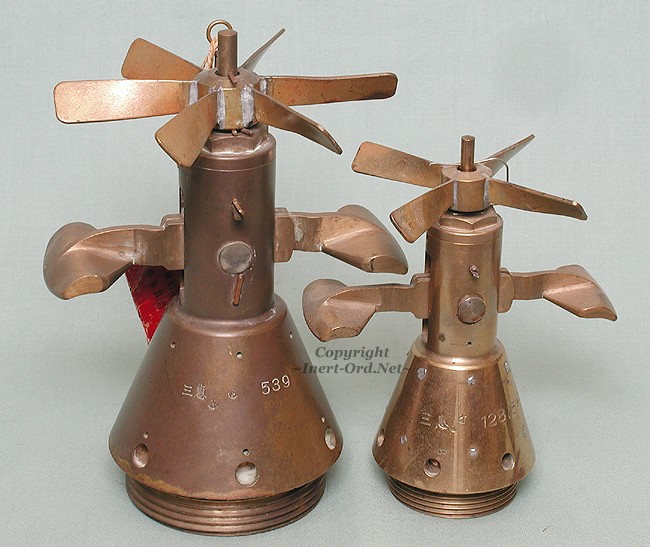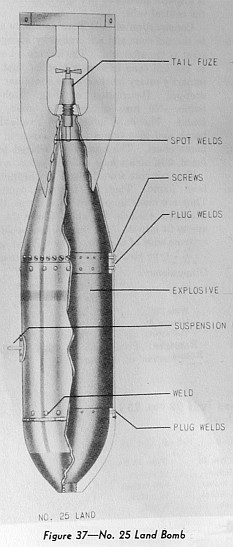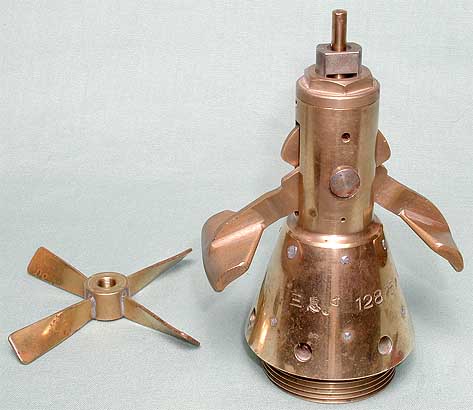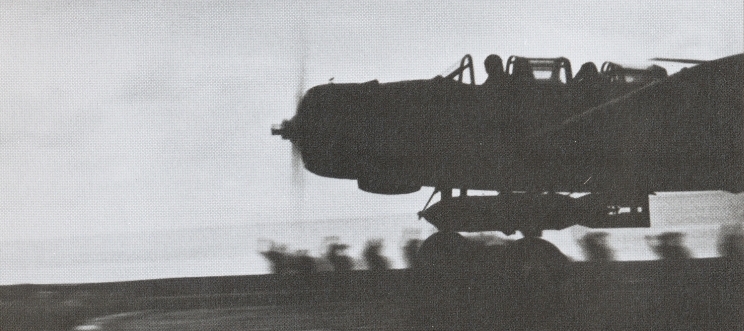

Type 15 Tail Fuze Model 1 and Model 2 - US Designations B-3(b) Type B-3(a) - used by the Japanese Imperial Navy during WWII.
The larger fuze (b) was used on heaver bombs (1000 -1800lb) and the smaller (a) used on bombs in the 500lb class.
These both function in the same manner, but the larger fuze body was likely neccessary for heavier bombs to insure its function due to the greater disruptive force at impact.
(Shown above right is a 550lb bomb with a B-3(a) fuze installed. It was common practice to install nose and tail fuzes on a single bomb.)
_diagram.jpg)


 20.10.28
20.10.28